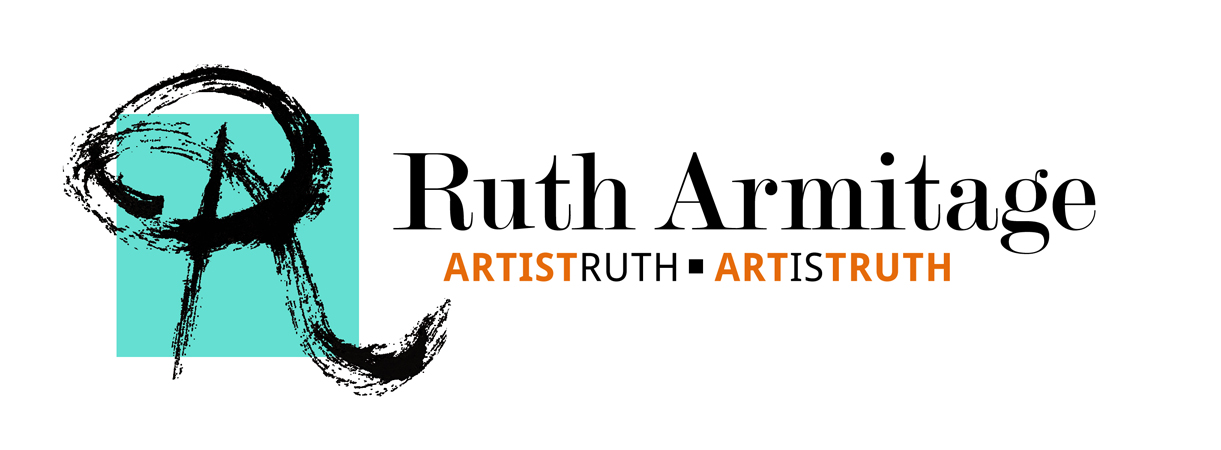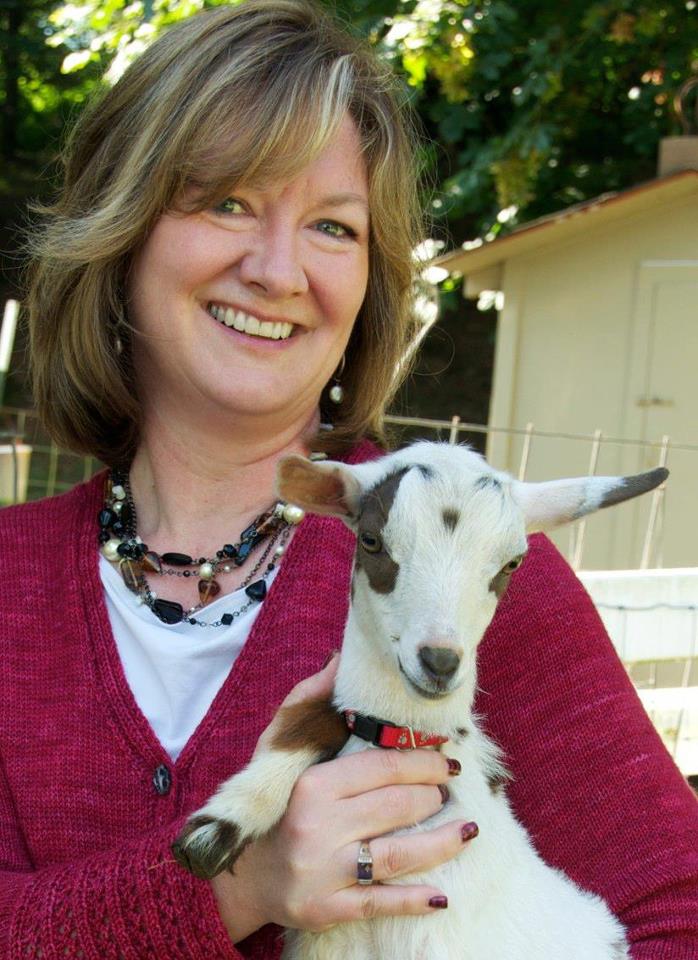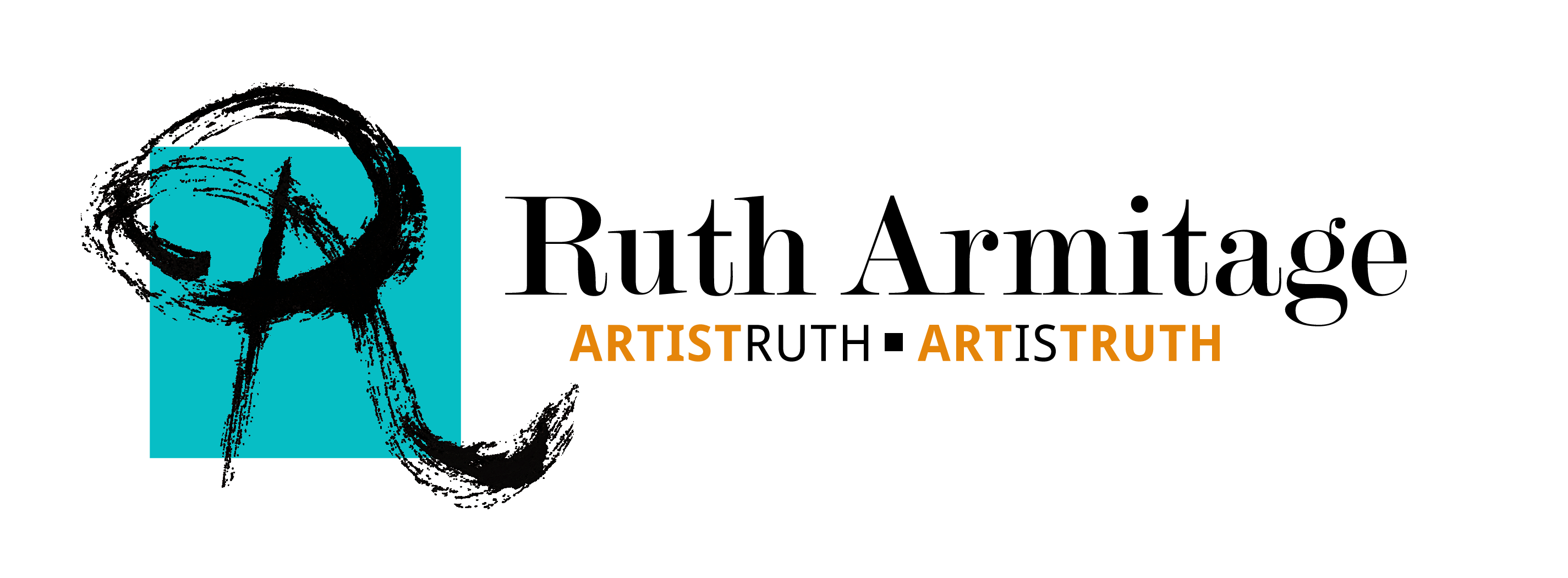
“Skating” ©Ruth Armitage 2013 SOLD
Happy New Year! Our cold foggy weather lately has inspired a new painting that finally gelled for me on New Year’s Eve. My final painting of 2013. There is another one that I photographed, but it may not be finished.
I’m preparing my goals for 2014, and also getting ready for my January Art Journey workshop. I thought it would be useful for both my students and for me to do a formal review of recent paintings in order to help set goals. I am scheduled to take a workshop in June, and I’m already trying to plan what I might glean from this concentrated period of study.
To guide my students, I’ve prepared some questions to help them evaluate their own art. Feel free to use these yourself! If you find it useful, I would love to have you share this article, either by email, or on your favorite social network!
Here’s how I would use the questions when looking at my new painting, “Skating.”
Q: Describe the work: What do you see? Is there a recognizable subject? What inspired the painting? Where is your eye drawn? Is it part of a series?
A: The painting implies activity to me. There is no recognizable subject, but the line work and mark making imply movement. Most of the activity and contrast is confined to an irregular ‘T’ shaped area that is off center to the right but leans left.
The painting was inspired by memories of “Skating” on frozen ditches surrounding winter fields on the farm in our rubber boots. As kids, we were forbidden to go near larger stretches of open water for safety reasons, but we could play along the edges of the fields. On one particularly long, cold stretch, we actually found a poor dead owl who had either frozen or starved. Our imaginations were all permanently imprinted. The work is part of a series called “Down on the Farm” about growing up in the rural Willamette Valley.
Q: How are the Elements of Art (Color, Shape, Line, Texture, Space, Form, Value) employed in each painting? Describe them.
A: Color contrasts between mostly warm neutral and accents of pure, cool suggest the cold and the fog. Black accents in the line work add texture to areas that are more smooth. The space is flat, and shapes are amorphous, other than the generally ‘T’ shaped area of cooler colors, though this is broken up with some gestalt. Gestural, calligraphic line suggests a story and is contrasted with a few straight, hard edges.
Q: Which of the Principles of Design (Balance, Contrast, Emphasis, Movement, Rhythm, Unity & Variety) are used? Describe them.
A: The long horizontal across the top provides some stability and Balance, while the line work suggests movement and rhythm. The large masses of warm neutral color provide both unity and contrast with the cooler, more active areas.
Q: What materials were used to create the painting – Why?
A: This painting began with a pour of fluid acrylics that was allowed to dry in sub-freezing temperatures. I added whites to the intense blues and violets to imply snow or ice. Though the resulting textures were not pronounced, they did suggest ice and cold to me. Adding layers of line with more acrylic, I felt I needed more contrast. I eventually added the warmer neutral areas to eliminate or subdue some of the underlying line work. A water-soluble Stabilo Pencil added finer lines and interesting textures when spritzed with water. I find I can get more ‘doodly’ with a pencil than with a brush sometimes. I also used fluid watercolors and acrylics in a Niji Waterbrush
to do some other calligraphic work.
Q: What parts of the painting were difficult for you, What parts went smoother?
A: It was difficult for me to cover up some of the wonderful things that were happening beneath the warm taupe areas. Once I did that though, the painting came together better.
Q: What is the intended and perceived mood of the painting?
A: I wanted the painting to have a mood of brisk excitement. I think it does have that in a mysterious sort of way. In this series, I am working to avoid nostalgia, while still honoring my past. I feel this painting does achieve that goal.



Hi Ruth – What a great article. I was sitting her staring at my almost finished (I think) latest painting and wondering what it needed. Your timing is perfect. I have recently realized I am not thinking through these things in my paintings. I lost track of the basic principles and elements. During Something Red 2013 I was privileged to accompany Moises Roizen as he critiqued and juried the show. I learned so much and remembered how much I had forgotten! Thank you for the reminder. I am printing out the questions and posting over my painting table!
Becki
Thanks Becki! Sometimes we get so caught up in the technical process… getting back to the inspiration and the formal elements can help pinpoint what works and what doesn’t.
What a great list of questions! And your responses are very instructive. Will definitely share this on FB.
Thanks Sue 🙂 It took some time, and I realize we don’t spend time like that on every painting. But in this case it was helpful, and I think that doing this survey for several works would probably help me define some goals.
I love the painting and found your questions and answers most helpful. I’m going to print them and use them. Thanks for sharing and inspiring us.
Thanks Mona! Happy Painting 🙂
Ruth,
A great painting to end the year on. and Congratulations for getting listed in BrusBuzz newsletter.
Thank you Bruce! Happy New Year to yOu :0)
Ruth – I will share this with Metro and the Westside WSO critique groups this week. I really like the review of recent paintings process since many of us tend to take off in several directions rather than focusing on a series or “unique” style. I’m guilty. Will watch for more postings on your journey. Thanks Ruth.
Thank you Diana! Sometimes it takes a while for me to find something I want to settle down with. Critiquing your own work can be a great exercise. The hard thing is to be objective about the finished work!
Wonderful, great articulation of fundamentals and also tender appreciation for the painting.
Thank you Virginia!